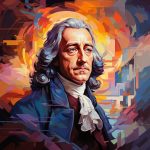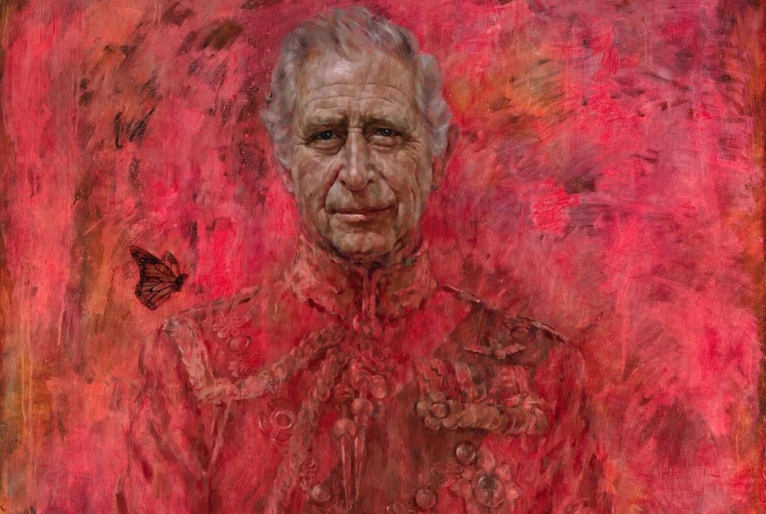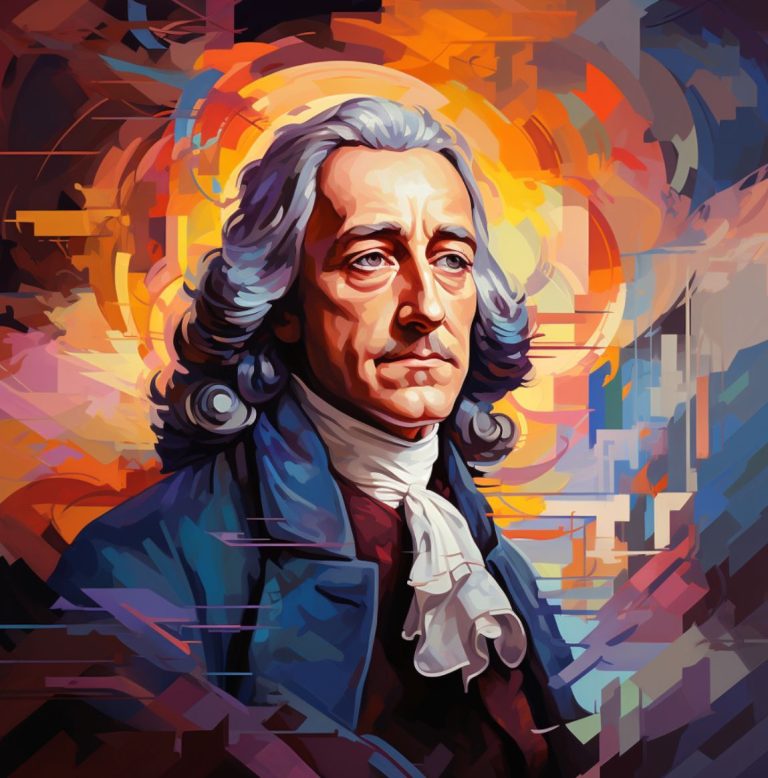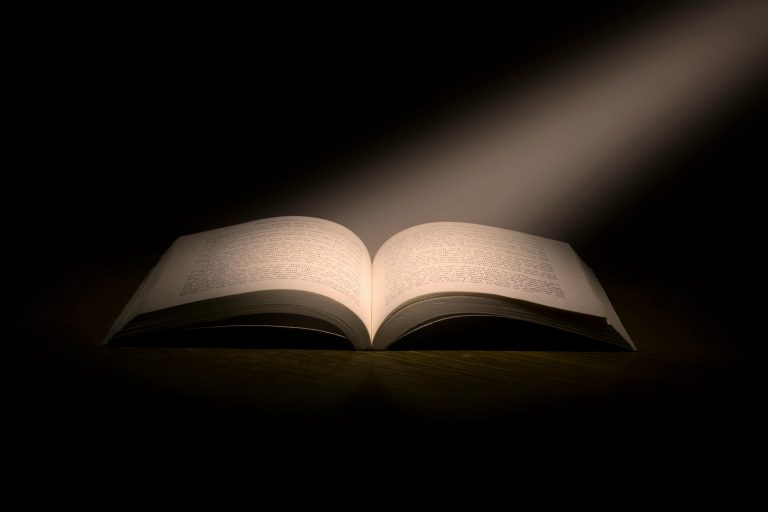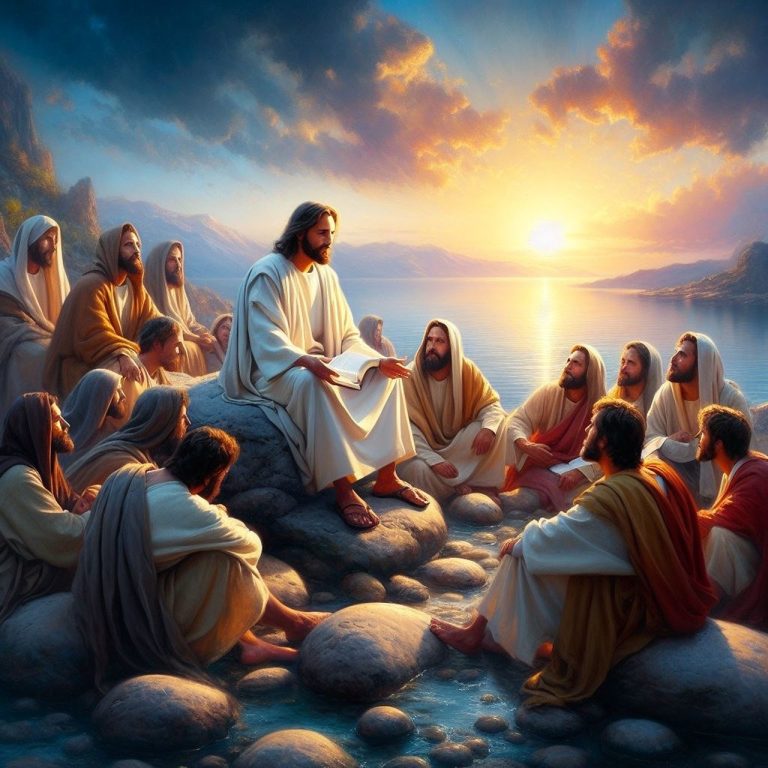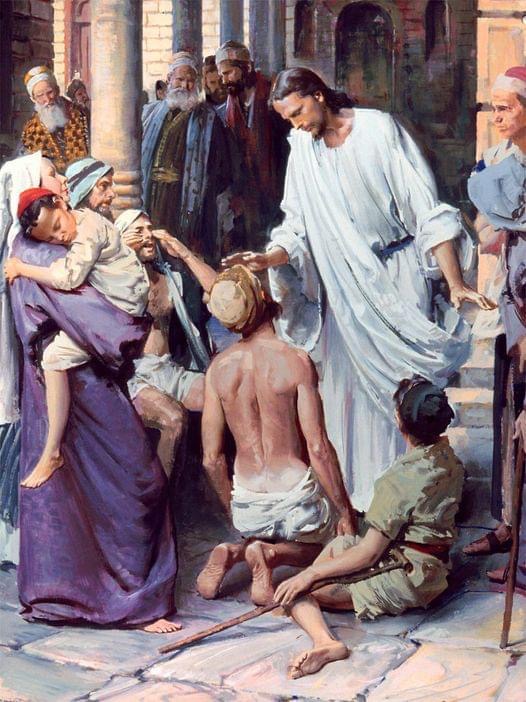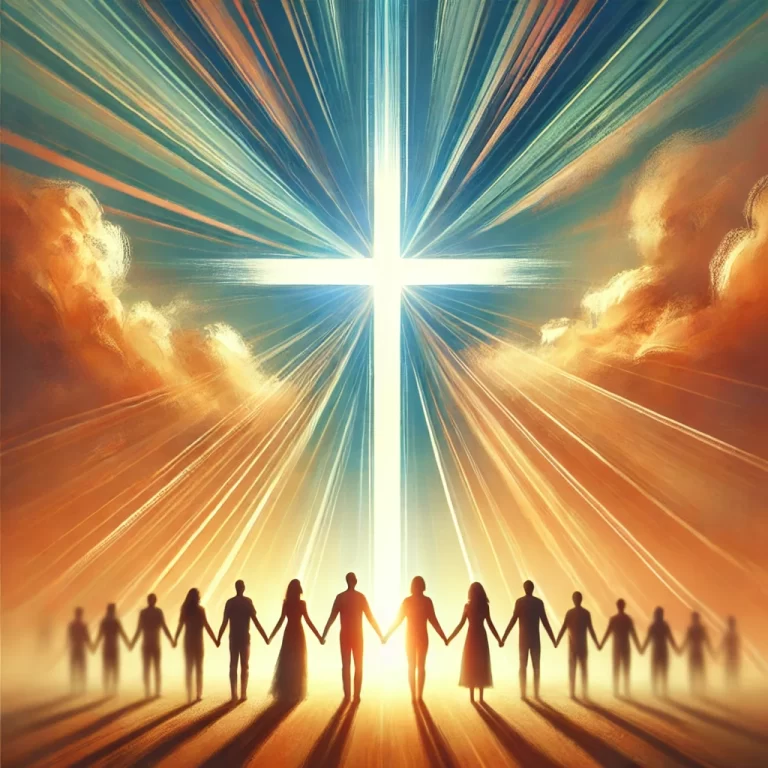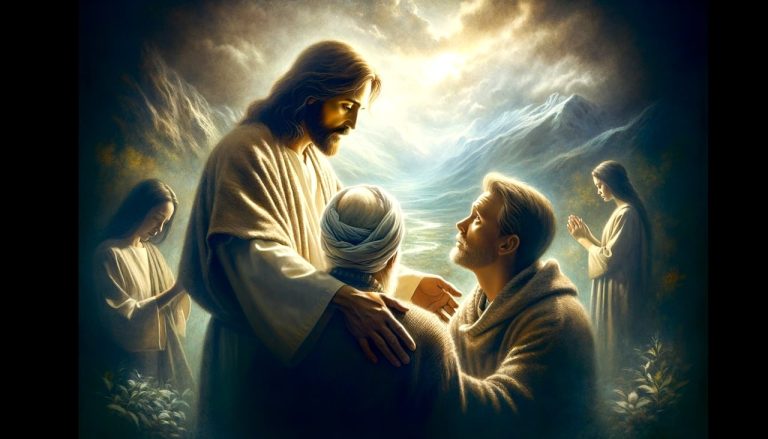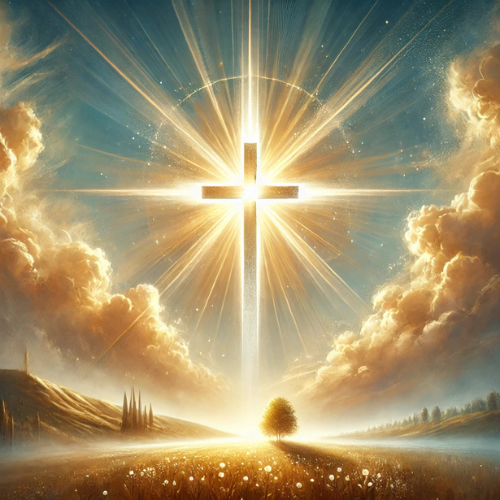Recently, a portrait of King Charles III, painted by renowned artist Jonathan Yeo, became the epicenter of a heated theological and cultural debate. The work, which captures the British monarch with a vibrant color palette and intriguing visual elements, has been interpreted by some as carrying subliminal messages with scatological connotations.
Experts in art and symbolism have analyzed the meticulous composition of the painting, pointing to the intentionality of the discomfort and reflection it provokes in spectators. The presence of symbols and the choice of colors are seen as an invitation to interpretation, raising questions about the relationship between royalty and the mystic.
Jonathan Yeo, known for his provocative works that often depict authority figures, is considered by many to be an artist who seeks to challenge the status quo, whether by revealing hidden truths or simply stirring up the waters of sensationalism.
Theories circulating around the portrait vary widely, with some suggesting links with the figure of the antichrist, based on elements such as the number “666” and other symbols present in the royal coat of arms. However, such claims are often seen as speculative and lacking a solid factual basis.
Despite the controversies, the painting has sparked renewed interest in eschatological studies and discussions about the symbolic role of the British monarchy in the apocalyptic imaginary. The debate remains alive, attracting the attention of academics, theologians and enthusiasts, and appears to be far from a definitive resolution.
Meanwhile, King Charles III continues to fulfill his royal duties, recently returning to public activities following a period of cancer treatment123. This return marks not only a significant moment for the monarch, but also for the nation closely watching his journey of recovery and leadership.
by Everton Borba of Theology Student Gazette
